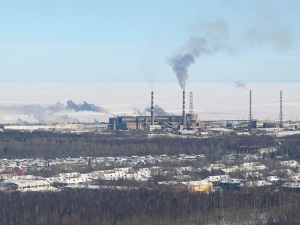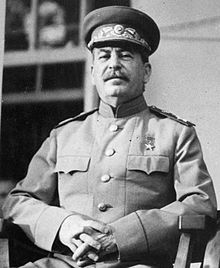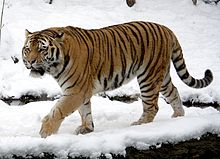For this post I reviewed “The Great Stalin Plan for the Transformation of Nature” (Environmental History, 2010) by Stephen Brain.
Early afforestation efforts in the Soviet Union were initiated in the 1920s but met with mixed success. “Both Lenin and Stalin called for aggressive afforestation at party conferences in the 1920s and as time went by, Stalin-era legislation creating protective areas and government agencies to oversee them encouraged ever more concerted empirically based efforts” (p675). Other government reports of the time discussed the benefits of using trees to create wind breaks in certain landscapes.

Image from article
To me the overarching theme of the article is that there was always a background motivation for enhancing or protecting nature for a utilitarian purpose (minimizing erosion, combat drought, creating wind breaks, reducing temperature variability, etc) rather than seeing nature as having an intrinsic value in and of itself. Because of a lack of buy in from rural people most of the planting schemes failed during initial attempts but eventually over time and with more trained planters garnered success.
Staling created a series of 5 year plans the afforestation plans being among them. Below is a video clip which answers the question: “What were Stalin’s five-year plans?”
As the program of planting gathered steam it eventually culminated in the ratification of The Great Stalin Plan on October 20th, 1948. The plan included moving from planting 1.5million to 5.7million hectares.
Some questions for consideration from this reading:
- Who was Trofim Denisovich Lynsenko and how did he influence the Great Stalin Plan?
- Was there any opposition to the Great Stalin Plan?
 as important or terrible to be listed beside Chernobyl. One of these was the
as important or terrible to be listed beside Chernobyl. One of these was the  Yet Chernobyl has had a high level of coverage about many of the people effected by nuclear disasters, like the newest disaster,
Yet Chernobyl has had a high level of coverage about many of the people effected by nuclear disasters, like the newest disaster, 



